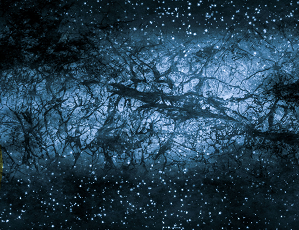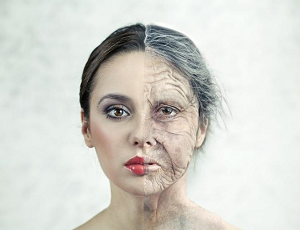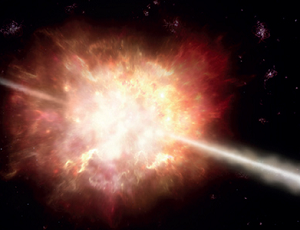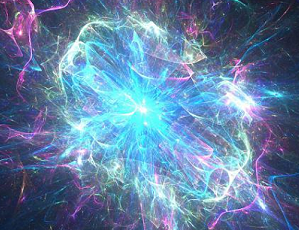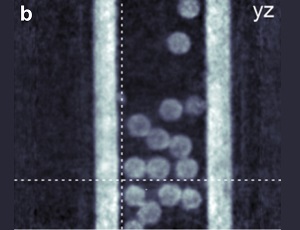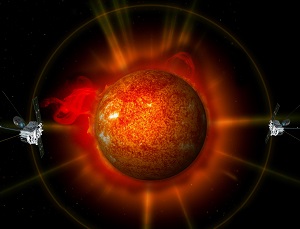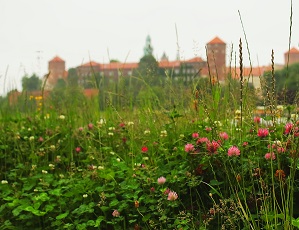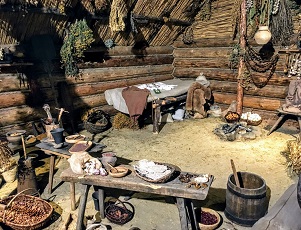 Web Content Display
Web Content Display
JU Research
 Web Content Display
Web Content Display
 Web Content Display
Web Content Display
JU science communication
Eavesdropping on dark matter
16.11.2020
In the latest issue of Nature Astronomy, a research team consisting of scientists from around the world presents its findings concerning dark matter particles. One of them, Dr hab. Szymon Pustelny from the JU Faculty of Physics, Astronomy and Computer Studies, shared some insights about ‘eavesdropping’ on dark matter and why it’s so important.
Read More o Eavesdropping on dark matter
How long is too long?
09.11.2020
We celebrate our birthdays to mark the fact that we have lived yet another year on planet Earth, but how many birthdays are too many? One of the greatest challenges facing contemporary medicine is not extending the lifespan of a person, but rather keeping that person in good health until their final days. Currently, our physical and mental health is threatened chiefly by neurodegenerative diseases with unknown aetiology. These neurodegenerative diseases were the subject of the lecture delivered by Dr hab. Grzegorz Kreiner from the Department of Brain Biochemistry of the Polish Academy of Sciences during the International Brain Awareness Week.
Read More o How long is too long?
Medicine: from the clinic to the drugstore
30.10.2020
Advances in medicine and access to better and better drugs is possible thanks to scientific research in the field of biomedicine. Substances are first tested in pre-clinical trials using tissues, computer models and laboratory animals. If the results are promising, drugs enter the clinical trial phase, during which they are tested on human volunteers. It is only upon the completion of this phase that medicine is cleared for sale at drugstores.
Read More o Medicine: from the clinic to the drugstore
How to prevent heart diseases?
26.10.2020
Every year, more than 17 million people die of cardiovascular system diseases, making them the most serious and frequent cause of death for people around the world. In Poland, more than 40% of people pass away due to cardiovascular disorders. In the light of these fact, proper risk assessment is paramount provide the necessary health care for potential patients. In the recent months, researchers from the JU MC Institute of Public Health have made significant contributions when it comes to risk assessment in Central-Eastern Europe.
Read More o How to prevent heart diseases?
Gamma-ray bursts: theory vs. observation. The birth of a new standard candle
08.10.2020
Kraków scientists offer new insight on gamma-ray bursts (GRB), registered up to this point by the devices at the Neils Gehrels Swift Observatory. Their work has been published in the Astrophysical Journal Supplements Series.
Read More o Gamma-ray bursts: theory vs. observation. The birth of a new standard candle
Quark and neutron stars: how do we tell them apart?
25.09.2020
Matter found in the densest stars in the Universe – initially known as radio pulsars – poses a frustrating problem for astrophysicists. Theoretical projections allow for two possibilities: they are either neutron stars or quark stars (also known as strange stars). To tell these two types apart through observation was previously thought impossible. However, physicists from the Jagiellonian University and Cracow University of Technology have recently discovered new features of quark stars that may help discern them from neutron stars.
Read More o Quark and neutron stars: how do we tell them apart?
A whole new level of X-ray imaging
10.09.2020
To study microscopic samples, scientists often employ computer tomography, which relies on X-rays and polycapillary optics. However, this can sometimes cause problems: to create a 3D model of an object, one has to rotate it and scan its surface. Two researchers from the JU Institute of Physics and the JU SOLARIS synchrotron, Katarzyna M. Sowa and Prof. Paweł Korecki, aim to facilitate this process by devising an unconventional imaging technique.
Read More o A whole new level of X-ray imaging
Space weather and its effects on Earth
04.08.2020
Space weather on Earth is chiefly influenced by magnetic storms and emissions of energy particles, in both cases caused by enhanced fluxes of protons and ions. these accelerated plasmas are called solar energetic particles (SEPs). They can be caused by two phenomena: impulsive SEP events caused by magnetic reconnection manifested as solar flares and gradual SEP events accelerated by strong shocks associated with coronal mass ejections (CMEs).
Read More o Space weather and its effects on Earth
To mow or not to mow?
31.07.2020
The problem of climate change is no longer limited to complex scientific models and researchers’ predictions. It is reflected in a number of phenomena which are beginning to have significant impact on our everyday lives. We are facing such dangers as the creeping loss of biodiversity in our immediate environment or the catastrophic draughts caused by rising air temperatures and changes in rainfall patterns. These threats are global, but countermeasures against them can also be undertaken locally. Can changing the approach towards mowing lawns help the environment, and, if so, is it a feasible solution? Dr Joanna Kajzer-Bonk and Dr Justyna Kierat from the JU Faculty of Biology shed more light on this issue.
Read More o To mow or not to mow?
What did our ancestors eat? Researchers investigate the diets of the past
21.07.2020
We now know more about the diet of our ancestors living in the area now known as Poland as far back as the Neolithic, Bronze Age, and Early Iron Age. An analysis of carbon and nitrogen isotopes found in bones and remains of cultivated plants. Such research projects are carried out by various research centres around the world, including the Jagiellonian University. In the article below, Dr hab. Marek Nowak, Prof. UJ from the JU Institute of Archaeology shares some of his team’s findings.
Read More o What did our ancestors eat? Researchers investigate the diets of the past

